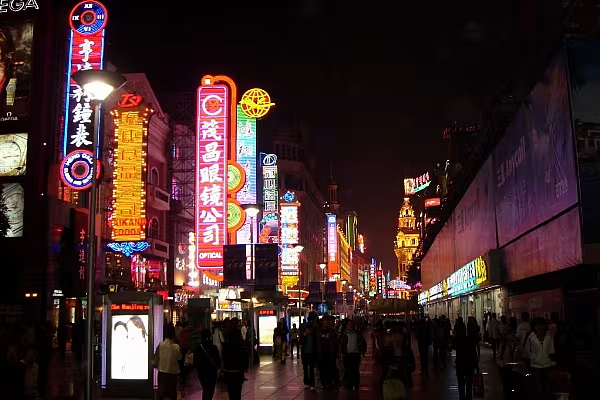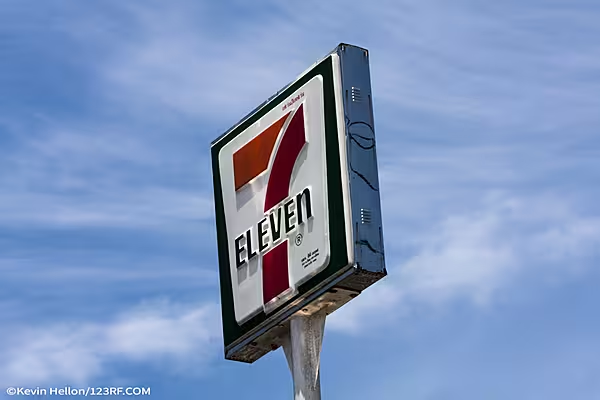China’s economy accelerated for a second-straight quarter as investment picked up, retail sales rebounded and factory output strengthened amid robust credit growth and further strength in property markets.
Gross domestic product increased 6.9 percent in the first quarter from a year earlier, compared with a 6.8 percent median estimate in a Bloomberg survey. It was the first back-to-back acceleration in seven years.
"For the first time in the recent years, China starts a year with a strong headline GDP," said Raymond Yeung, chief greater China economist at Australia & New Zealand Banking Group Ltd. in Hong Kong, who correctly forecast the growth pace. "Thanks to strong investment and property, the economy is performing well."
The expansion further cements a rebound as producer prices surge, industrial output picks up and soaring credit fuels investment. Policy makers have shifted to a more neutral monetary stance as they seek to ease financial risk and reduce excess industrial capacity.
"The first quarter growth is mainly driven by reflation and very strong property sales and investment," said Larry Hu, head of China economics at Macquarie Securities Ltd. in Hong Kong. "This strong data would give more confidence to maintain a tightening stance."
The broadest measure of new credit rose more than estimated last month amid strong growth in shadow banking. Aggregate financing grew 2.12 trillion yuan ($308 billion).
Nominal Surge
In current-price terms, the economy expanded 11.8 percent from a year earlier, according to Bloomberg Intelligence estimates.
"That’s making the problem of excess leverage look a little more manageable – at least as long as factory reflation stays strong," BI economists Tom Orlik and Fielding Chen wrote in a report.
The labor market has been holding up too: The surveyed jobless rate fell in March from February, while the level in big cities was below 5 percent at end of last month, the NBS said. China added 3.34 million new jobs in the first quarter.
Other data pointed to further rebalancing away from the old industrial growth drivers. Consumption contributed 77.2 percent to growth in the first quarter, an NBS spokesman said at a briefing in Beijing. Last year, 64.6 percent of growth came from consumption.
"The rebound in retail sales growth was particularly important as it indicates that consumer spending remains strong," said Rajiv Biswas, Asia-Pacific chief economist at IHS Markit in Singapore. "The upturn in Chinese growth is a very positive indicator for the Asia Pacific and world growth in 2017, as well as underpinning the near-term outlook for global commodities."
Brighter Outlook
Forecasters responded by raising full-year growth estimates. Zhu Haibin, an economist at JPMorgan Chase & Co. in Hong Kong, boosted his to 6.7 percent from 6.6 percent, citing expectations for "solid growth momentum for the rest of the year." Nomura Holdings Inc. analysts Yang Zhao and Wendy Chen raised their projection to 6.7 percent from 6.5 percent.
One measure of consumer earnings slowed. Growth of median per-capita disposable income decelerated to 6.7 percent in the first quarter, down from 8.3 percent last year and slower than GDP expansion for the first time since NBS began releasing the gauge in March 2014.
Despite recent property tightening measures, investment momentum is likely to stay strong in coming months amid heavy infrastructure investment. The April 1 announcement of the new Xiongan economic zone portends massive construction spending and suggests authorities are likely to remain reliant on investment to help support longer-term growth.
News by Bloomberg, edited by ESM. Click subscribe to sign up to ESM: The European Supermarket Magazine.














